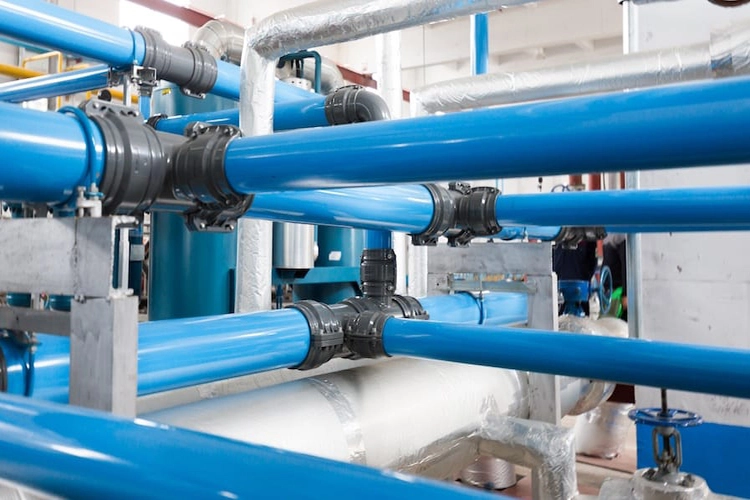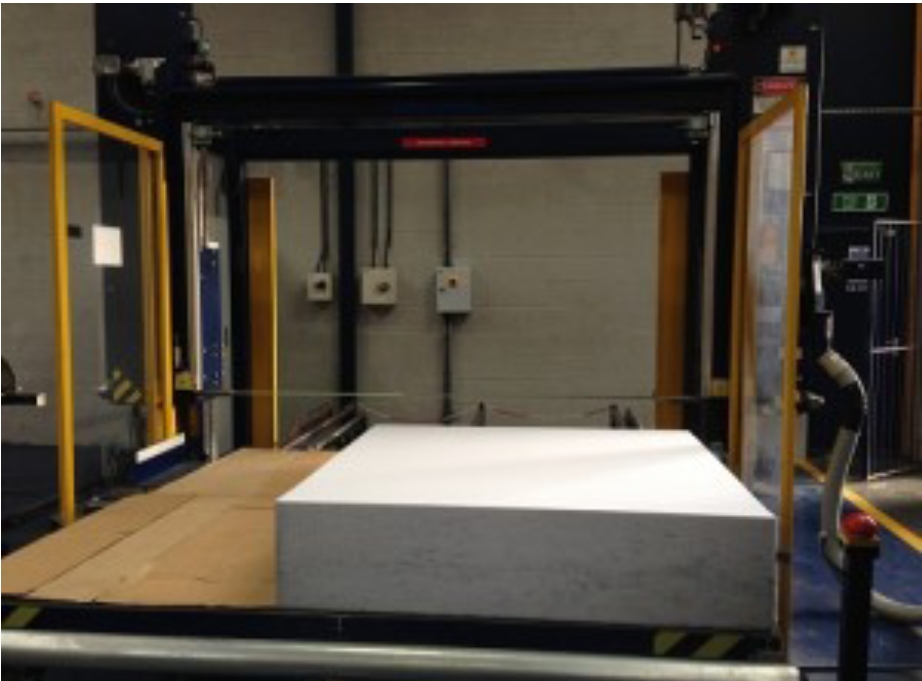Air pipelines are the backbone of many industrial applications, where compressed air is distributed to tools, machines, and automation. With an industry that’s increasingly developing smarter and better-connected processes, integrating air pipelines becomes a must in creating efficiency, reliability, and scalability into smart industrial systems. Here comes the discussion of how businesses can effectively make use of integration to realize this level of performance in their processes.
Assessing the Infrastructure Whether It Can Support Smart Industrial Systems
The assessment of the current infrastructure is important prior to integrating air pipelines with smart systems for compatibility in the process of changeover: how well the existing pipelines, compressors, and proposed smart systems will work. Materials of the pipelines, age, and operational condition are some of the factors that have to be assessed. For example, old pipelines made from outdated materials might need upgrading to handle modern sensors and automated controls. Ensuring the leak-free and block-free system also paves the way for integration.
Incorporating Smart Sensors and Monitoring Devices
The smart sensors are the central point of integrating air pipelines with industrial systems. These devices monitor the critical parameters-pressure, flow rate, temperature, and moisture levels-in real time. Installing sensors at key points of the pipeline route enables operators to collect important data in real time on pressure drops or leaks, among others, just as such issues appear. In industries whose air pipelines have PVC ball valves installed in them, sensor technology adds precision and an optimum, regulated quantity of airflow, ensuring zero chances of operational inefficiency.
How to Choose the Right Software for Central Management
A key element of smart system integration includes the software platform employed to manage data and control processes. This is the brain that analyses sensor data and facilitates predictive maintenance, automatic adjustments, and real-time alerts. The selection of the right software that easily integrates with your current industrial automation system is very important. Search for solutions with user-friendly dashboards, report writing, and compatibility with standard industrial protocols such as IoT and SCADA.
Implementing Predictive Maintenance Strategies
Predictive maintenance strategies will be one of the big advantages of smart industrial systems. Operators can analyze sensor data in the air pipeline to find out when a component may fail, such as a compressor or a fitting, thereby reducing unplanned stoppages and extending equipment lifespan. Predictive maintenance further helps businesses to optimize schedules for maintenance so that repairs occur only when needed and don’t disrupt production.
Integration of Air Pipelines and Automation Systems
Intelligent systems make the air pipelines operate with bigger automation processes. Compressed air, channeled through a pipeline, could be programmed to feed selected machines only at given times or under particular conditions-so that energy is not dissipated and production schedules are properly maintained. Automation at even higher levels may involve a feedback loop that continuously readjusts the volume of airflow in the pipes as demand changes to better allocate resources.
Ensuring the Cybersecurity of the Connected Systems
The integration of air pipelines with smart industrial systems opens up potential cybersecurity threats. Operations can be compromised or data breaches can occur due to hacking or system failures. In this regard, businesses should not neglect the implementation of strong cybersecurity measures. For the protection of integrity within connected systems, secure encryption, periodic updating of software, and firewalls are crucial. Training employees in cybersecurity best practices can enhance the security of the systems.
Monitoring Performance and Scaling Up
Continuous performance monitoring is necessitated for the integrated setup to perform as expected. Further trend analysis of this data shows further opportunities to improve-either the pressure setting or the refinement of software algorithms. This learning could further help in scaling up businesses that would want to increase their air pipeline systems’ operations with new sensors, automation, and other tools in place, without losing on overall efficiencies.
Integration of air pipelines into smart industrial systems is a future direction that guarantees huge advantages in industries nowadays. Advanced sensors, predictive maintenance, and the management software at its heart will mean efficiency, less downtime, and optimal energy consumption for the business. In a world of continuously developing technology, the ability to adapt and improve such systems is among the keys to industrial competitiveness.






